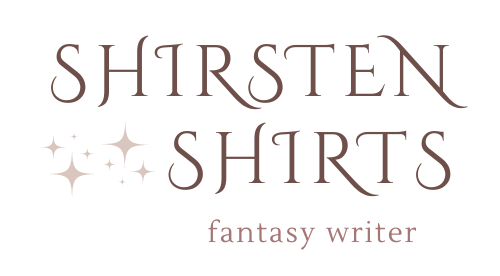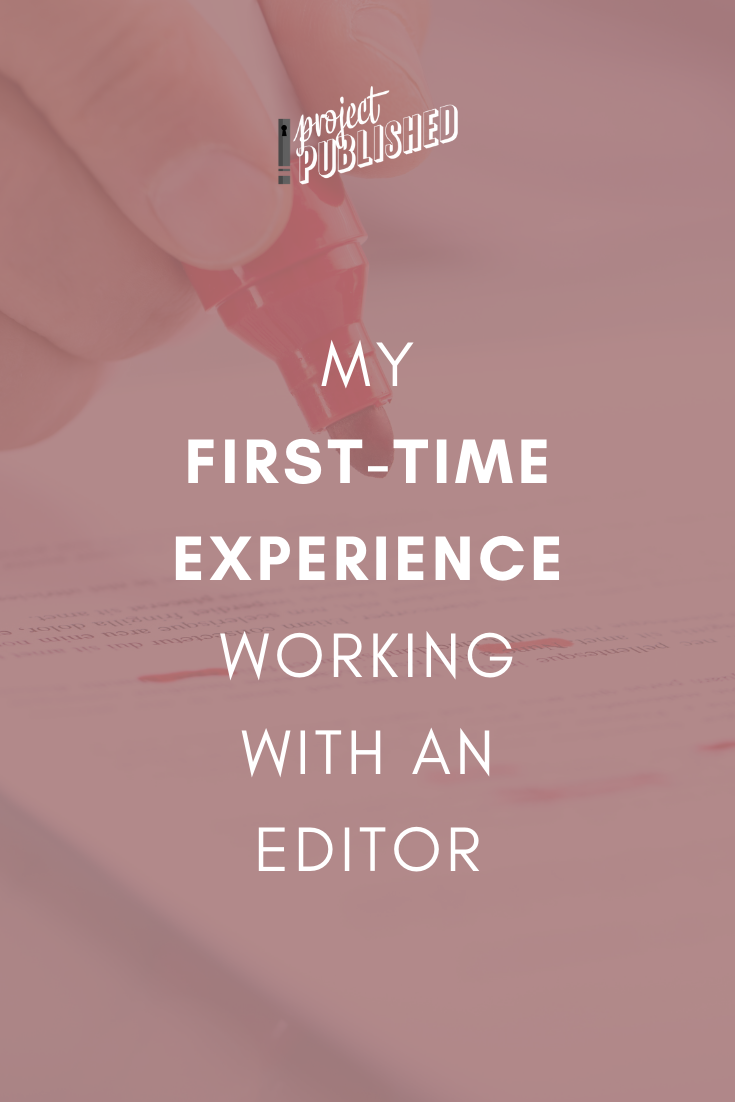My First-Time Experience Working with an Editor
If you’re in the early stages of being a writer, the process of working with an editor can seem daunting.
You’ve finished your manuscript, you’re ready for the next step. You want a professional’s opinion. But where do you start?
That’s exactly the question today’s post is here to answer.
A couple of months ago I sent my first manuscript off to an editor. Now that I’m on the other side of the process, I wanted to create a post detailing the steps that came before, during, and after.
To start, here is a quick step-by-step recap of what this process looked like:
1 | Research
My first step was to research.
I started with a blogger I trusted and spent time looking through her list of suggested editors, narrowing down my search by the editors I was most excited about and who clearly stated they worked on my genre (at the time, middle-grade fantasy).
2 | Reach out
The next step was to reach out.
The first editor I contacted was someone I was very excited about. Her website was clean, clear, and organized. I scheduled a time to talk with her on the phone. However, she messaged me back informing me that she, unfortunately, did not work on middle-grade. But she gave me a list of other editors who did specialize in this genre and whom she trusted.
3 | Settle
After this, I reached out to two of the editors she had recommended (who I knew for CERTAIN worked on middle-grade novels).
Only one got back to me, but she was timely and professional. We sent a few emails back and forth in order to get clear on the projected timeline, the cost, and her specific process. I lucked out because she had the ability to begin work on my project in less than a month.
We each signed a contract, I sent the first half of our agreed-upon payment, and we settled on our start date!
4 | Send
I reached out to her a few days before our start date to double-check that everything was still a go.
Then I sent off my manuscript according to her specifications. (Fairly straightforward: Times New Roman 12 pt, word doc, double spaced, etc.)
5 | Wait
Then came the hard part: waiting.
I was told it would take her approximately one month to go through my manuscript. The details of this were included in our contract.
6 | Receive
I was thrilled when I received my manuscript back two days before I had expected. When I did, I thanked her and sent the second half of our agreed-upon payment.
7 | Revise
Then it was time to read her notes!
She was very thorough, sending a 15-page detailed letter and a fully annotated manuscript. I made my husband sit and read the letter through with me the first time. Why? I was crazy nervous. After that, I gave myself a few days to think through her notes, and then sat down to revise.
I was very blessed. My first experience working with an editor turned out to be smooth and professional. My editor was thorough and timely, and she gave me excellent feedback.
After reading her notes and thinking on them, I felt a strong desire to re-write my book.
My husband questioned my decision, but in my gut, I knew it was the right thing to do. Not because the manuscript necessarily needed it, but because I had grown in my first year as an aspiring author, and had a new vision for the story. In addition, I made the decision to query my new manuscript.
The second time around, the process has been MUCH faster (should be - the story’s been sitting in my head for a full year now AND I have written the entire thing through once).
I know that my experience was unique, just as yours will be. But I also understand that it can be helpful to hear others’ accounts and step-by-step experiences.
The best advice I can give is to do your research and trust your gut.
Make sure you sign a contract and that items such as payment, timeline, and expectations are very clear. And, of course, have fun.
It’s an exciting and scary time. For me, my editor was the first person outside of my family (my mother, sister, and cousin were the first to read my manuscript) to read my book.
Be proud of yourself for taking the plunge (the world will thank you for it). For being brave enough to share your work and humble enough to allow the growth and improvement as a writer that comes through this experience.
P.S. The growth was huge. Though I had spent countless hours researching, writing, and brainstorming, I learned more from this singular experience than anything else. So go for it! As long as you do the process properly, you won’t regret it.
Resources:
Here is the original list I combed through to find an editor.
Update: Here is a list I am currently considering to hire for my query package.
The fastest way to write a strong story is with an effective outline that plots your novel’s beating heart.
In Outline Your Novel, you’ll learn exactly what these beats are, why they matter, and how to outline them effectively to make your story sing.


